Soda has been a beloved refreshment for centuries, with some brands dating back hundreds of years. These historic drinks offer a taste of the past, each with a unique story, flavor, and cultural impact that’s kept them alive through generations. From classic colas and root beers to iconic ginger ales, these not only quenched thirsts but also set the foundation for the entire soft drink industry. Here’s a look at some of the oldest sodas in the world, each with a rich history and distinct place in our hearts and taste buds.
A&W Root Beer (1919)

A&W Root Beer, created in 1919 by Roy W. Allen in Lodi, California, is celebrated as one of the first successful franchise soda brands in America. Allen developed the recipe with an ideal balance of creamy and foamy texture, appealing to fans of traditional root beer flavors. Allen later partnered with Frank Wright, creating the iconic A&W brand, which eventually became synonymous with root beer floats and classic diner fare. A&W Root Beer’s popularity led to the establishment of A&W restaurants, the first restaurant chain dedicated to serving root beer as a centerpiece. During the 1950s, the brand expanded internationally, bringing the unique taste of A&W to a global audience. Its focus on quality ingredients and flavor consistency has kept it a favorite for over a century. Even today, it is closely associated with root beer floats and is a nostalgic treat for many Americans.
Faygo (1907)
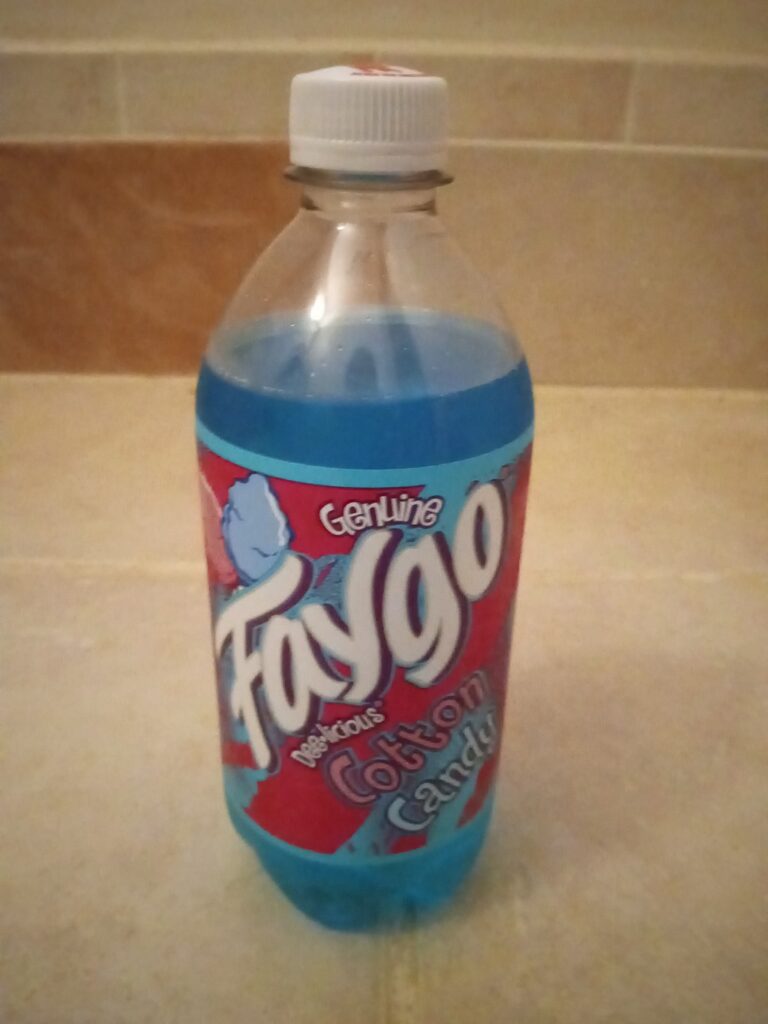
Faygo, founded in 1907 by Russian immigrant brothers Ben and Perry Feigenson in Detroit, Michigan, is a beloved soda brand known for its wide variety of unique flavors. Originally bakers, the Feigenson brothers applied their baking expertise to create sodas flavored with cake frosting recipes, resulting in distinct offerings like Redpop and Rock & Rye. Faygo’s reputation grew locally, and it soon became a staple in Detroit and throughout the Midwest. During the 1960s, it expanded its distribution nationwide, introducing fans across the country to its innovative flavor range. Unlike most soda companies, it has kept its production primarily in Michigan, adding a sense of authenticity to its brand. The brand remains popular among nostalgic consumers and new generations alike, cherished for its creative flavors and affordable price.
Pepsi (1893)
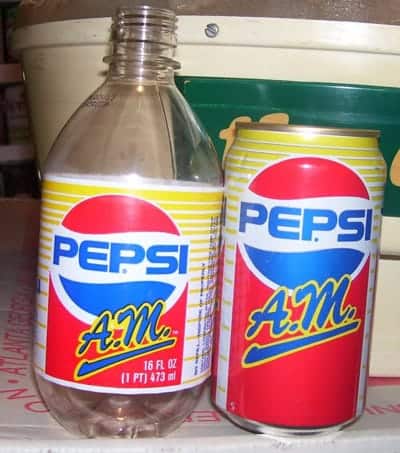
Pepsi, initially introduced as “Brad’s Drink” in 1893 by Caleb Bradham, a pharmacist from North Carolina, was originally designed to aid digestion and boost energy. Renamed Pepsi-Cola in 1898, the drink quickly gained popularity for its refreshing taste and affordability. By the early 20th century, it began competing with Coca-Cola, establishing itself as a leading cola brand in the United States. Its success was propelled by innovative marketing campaigns and strategic partnerships, including its famed advertising slogan, “Twice as Much for a Nickel.” During the 1980s, it emerged as a global brand, largely due to its “Pepsi Generation” campaign that targeted younger consumers.
Coca-Cola (1886)
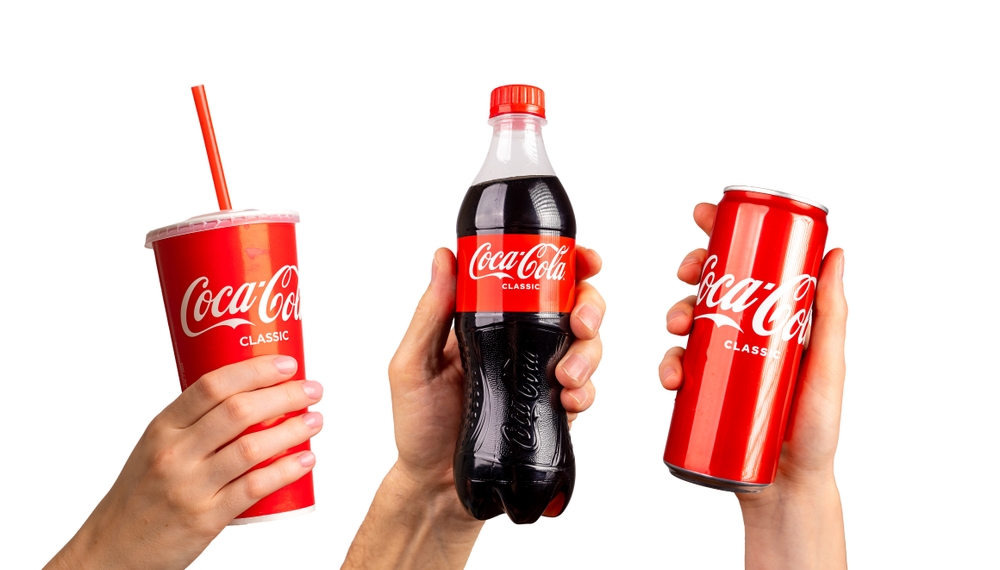
Coca-Cola, created in 1886 by Dr. John S. Pemberton in Atlanta, Georgia, is one of the most iconic sodas worldwide. Originally developed as a medicinal tonic, it was intended to relieve headaches and fatigue. The drink’s distinct flavor comes from a combination of coca leaves and kola nuts, a unique blend that set it apart from other beverages of the time. Asa Candler, who acquired Coca-Cola in 1891, transformed it into a mass-market beverage through aggressive marketing. By the early 1900s, it had become a national brand, eventually expanding internationally in the mid-20th century. Its iconic logo and bottle design have made it a cultural symbol and a leader in the soda industry. Today, it is available in countless variations and flavors, reinforcing its reputation as a timeless brand with global influence.
Dr Pepper (1885)
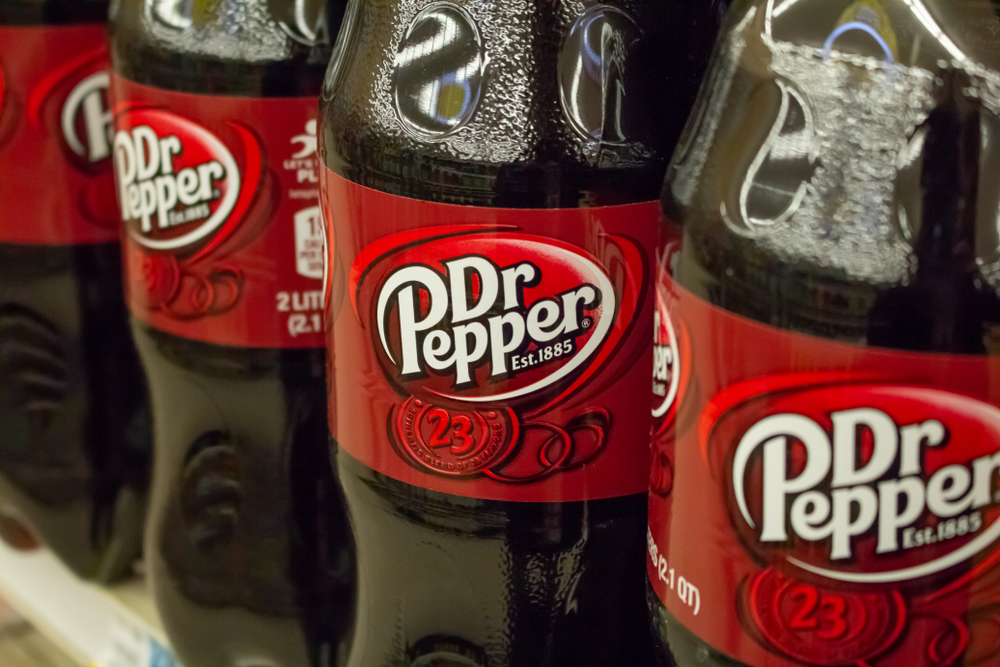
Dr Pepper, established in 1885 in Waco, Texas, is one of America’s oldest soft drinks and a beloved classic with a unique blend of 23 flavors. It was created by Charles Alderton, a pharmacist, who wanted to craft a refreshing beverage that combined different fruit and spice flavors. Originally served at a local drugstore, it gained popularity due to its unusual taste, which was different from any other soda at the time. By 1904, it was introduced to a national audience at the St. Louis World’s Fair, quickly cementing its status as a popular American soda. Unlike most colas, it has no designated flavor profile, which adds to its mystery and appeal. It has continued to innovate, offering various versions like cherry and diet without altering its core formula. Today, it remains an iconic American soda that continues to capture the interest of soda enthusiasts and historians alike.
Moxie (1876)
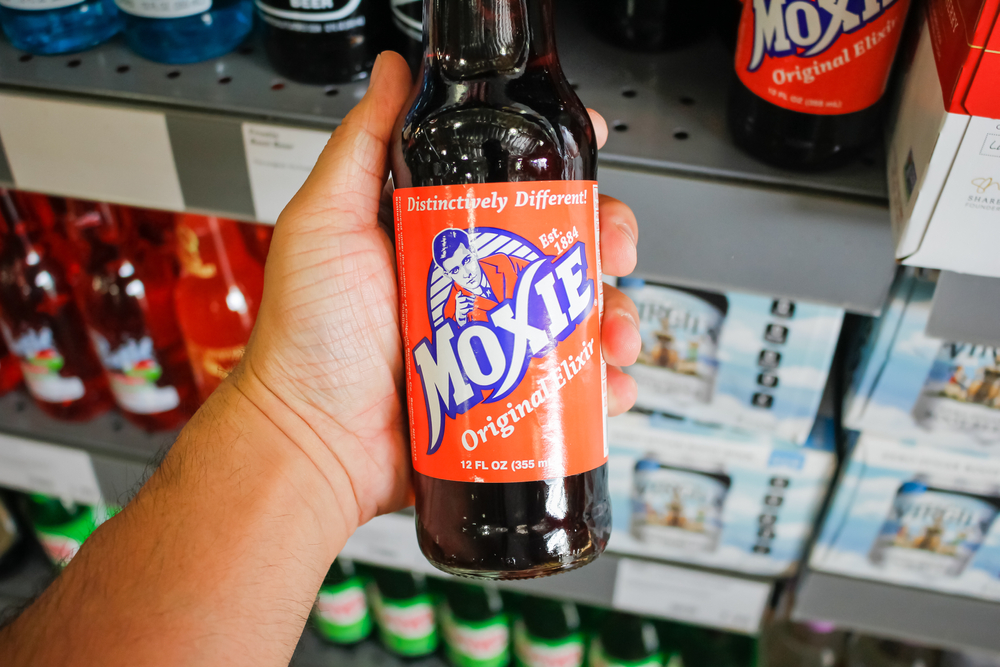
Moxie was first introduced in 1876 by Dr. Augustin Thompson, a physician from Maine, who originally marketed it as a nerve tonic and health elixir. Known for its distinctively bitter taste, it is flavored with gentian root extract, giving it a unique flavor profile unlike any other soda. By the early 20th century, Moxie gained popularity across the United States, particularly in New England, where it remains a cultural icon. In 1884, it transitioned from a medicinal tonic to a soft drink, becoming one of the first sodas to be widely distributed. It became so popular that the term “moxie” entered the American lexicon, symbolizing courage or energy. Although its popularity has fluctuated, it has maintained a dedicated fan base and is celebrated with an annual Moxie Festival in Lisbon, Maine. Today, it is considered a vintage classic, appreciated by those seeking a soda with a truly bold and unconventional flavor.
Hires Root Beer (1876)
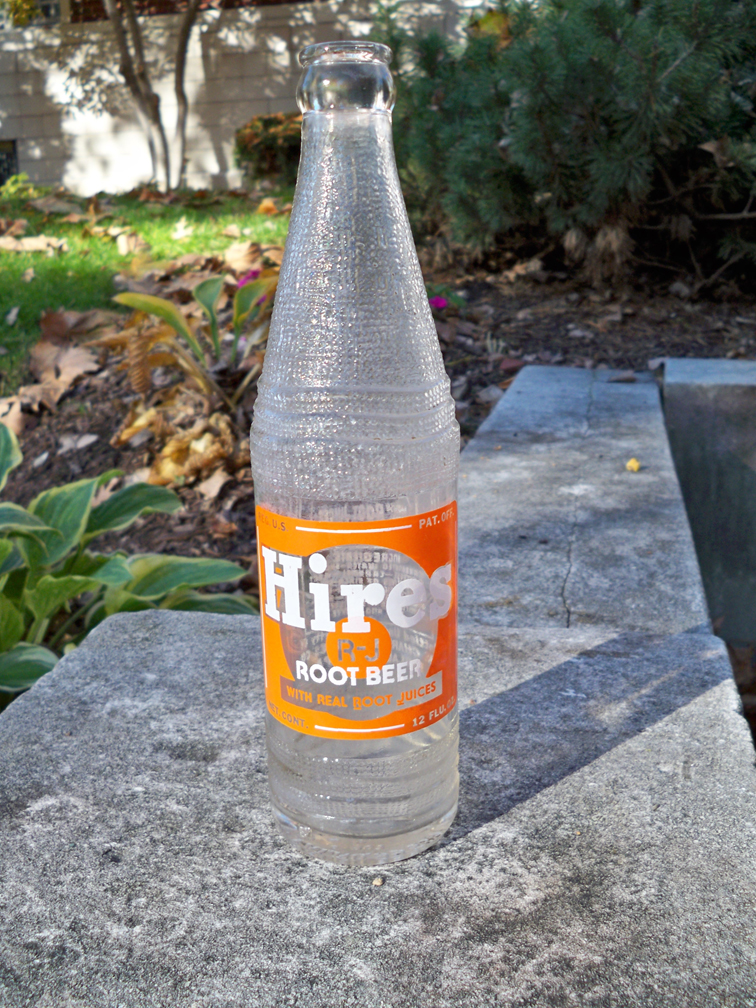
Hires Root Beer, founded by Charles E. Hires in 1876, is one of the oldest and most beloved root beer brands in the United States. Hires, a pharmacist from Philadelphia, formulated the drink using a blend of roots, berries, and herbs, aiming to create a refreshing non-alcoholic beverage. Originally marketed as a health tonic, it quickly gained popularity and became a staple in American households. By 1893, it was widely distributed in bottles, making it one of the first sodas to reach a national audience. Its unique, herbal flavor set it apart from the fruit-flavored sodas of its time, securing its place in American beverage culture. Despite competition from newer root beer brands, Hires remains a nostalgic favorite, especially among fans of classic sodas. Today, it represents a slice of Americana, celebrated for its rich taste and historic significance in the soda industry.
Vernors Ginger Ale (1866)
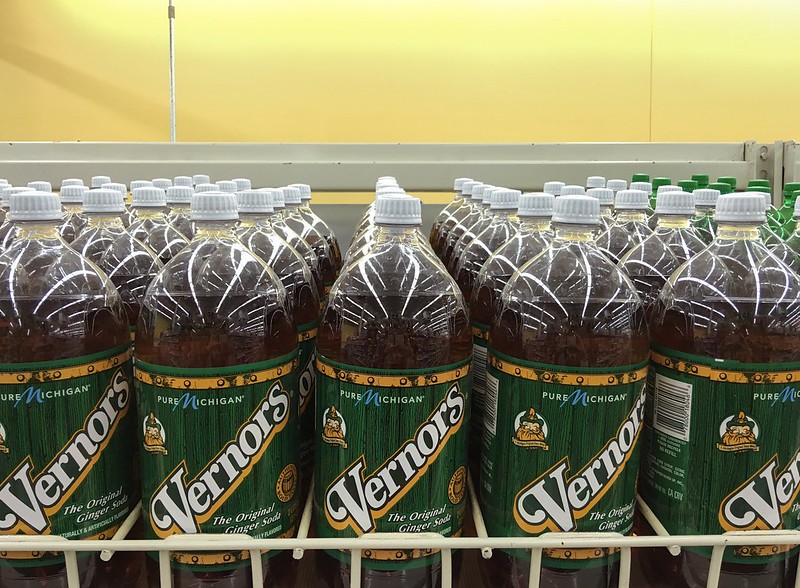
Vernors Ginger Ale, introduced in 1866, is America’s oldest surviving ginger ale brand. It was created by James Vernor, a Detroit pharmacist, who accidentally discovered the drink after aging a mixture of vanilla, spices, and ginger in an oak barrel during his service in the Civil War. Upon his return, he found that the aging process had produced a unique and bold ginger flavor, different from any other beverage at the time. It quickly became a local favorite in Michigan and remains especially beloved in Detroit. Over the decades, it has maintained its classic formula, producing a smooth yet spicy ginger ale that is perfect as both a standalone drink and a mixer. It has also become a part of Michigan culture, celebrated in local recipes and events. Even today, it is marketed with pride as one of the most enduring American sodas with a distinctively rich taste that loyal fans cherish.
Kola Román (1865)

Kola Román, founded in 1865 by Don Carlos Román in Cartagena, Colombia, is one of the oldest sodas in the world. Initially, it resembled a champagne soda but was reinvented in the early 1900s by Don Henrique Pio Román. The beverage gained popularity in Colombia’s Caribbean region and became a cultural staple. It is known for its unique flavor and vibrant red color, distinguishing it from other sodas. Over the years, the brand has maintained its traditional recipe, appealing to both older generations and new consumers. Today, it is bottled and manufactured by Panamco FEMSA Colombia, ensuring its continued presence in the market. It has also been involved in sponsoring local sports teams, further embedding itself in Colombian culture. Its bright packaging and nostalgic taste make it a beloved choice for family gatherings and festive events across Colombia.
Schweppes (1783)
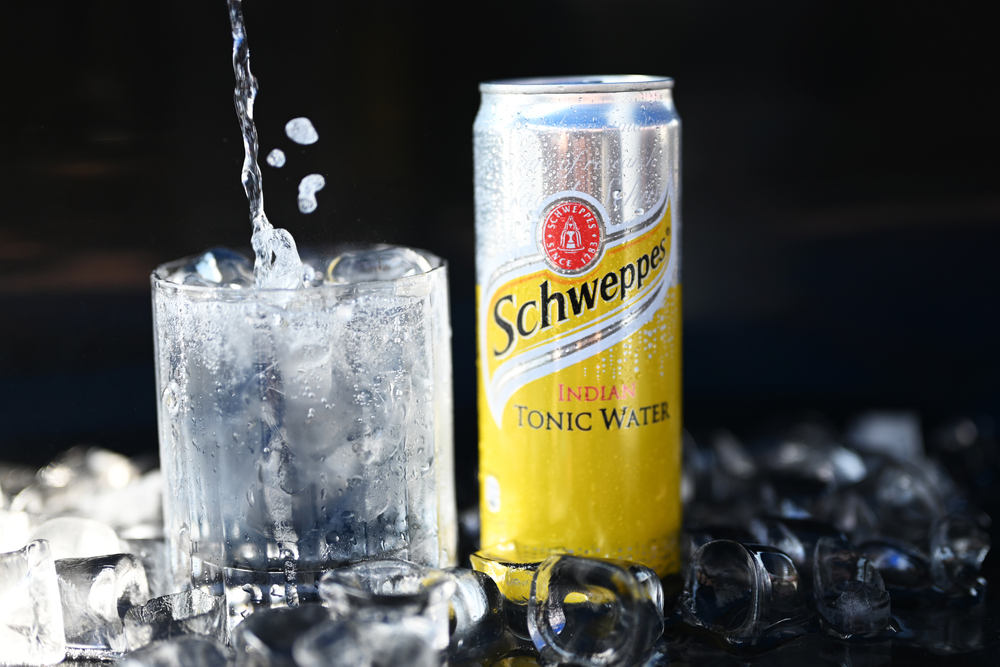
Schweppes, established in 1783 by Johann Jacob Schweppe in Geneva, Switzerland, is recognized as the world’s oldest soda brand. Schweppe, a jeweler and amateur scientist, developed a method to carbonate mineral water, leading to the creation of the first commercially available bottled soft drink. In 1792, he relocated the company to London, where it gained popularity and received a royal warrant from King William IV in 1836. Initially, it offered carbonated mineral water, but by 1835, the company expanded its product line to include flavored sodas, starting with lemonade. The 1870s saw the introduction of Schweppes’ ginger ale and tonic water, which remain popular today. The brand’s commitment to quality and innovation has allowed it to maintain a significant presence in the global beverage market for over two centuries. Today, it is owned by different companies in various regions, including Coca-Cola in some parts of the world and Keurig Dr Pepper in the United States.
This article originally appeared on Rarest.org.
More from Rarest.org
12 Rare Mammals That Live in the World’s Tallest Mountains
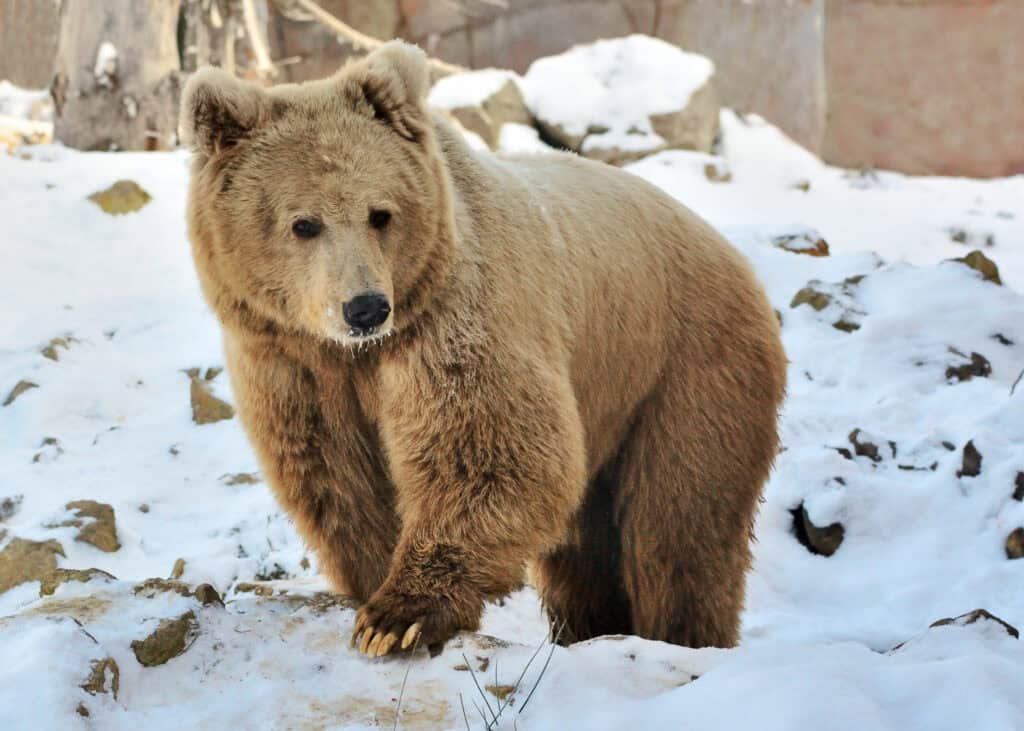
High-altitude regions around the world are home to some of the most unique and uncommon mammals on the planet. They have adapted to survive in the harsh, cold, and rugged environments of the world’s tallest mountains. Read More.
16 Unique Flora and Fauna Found Only in Isolated Ecosystems
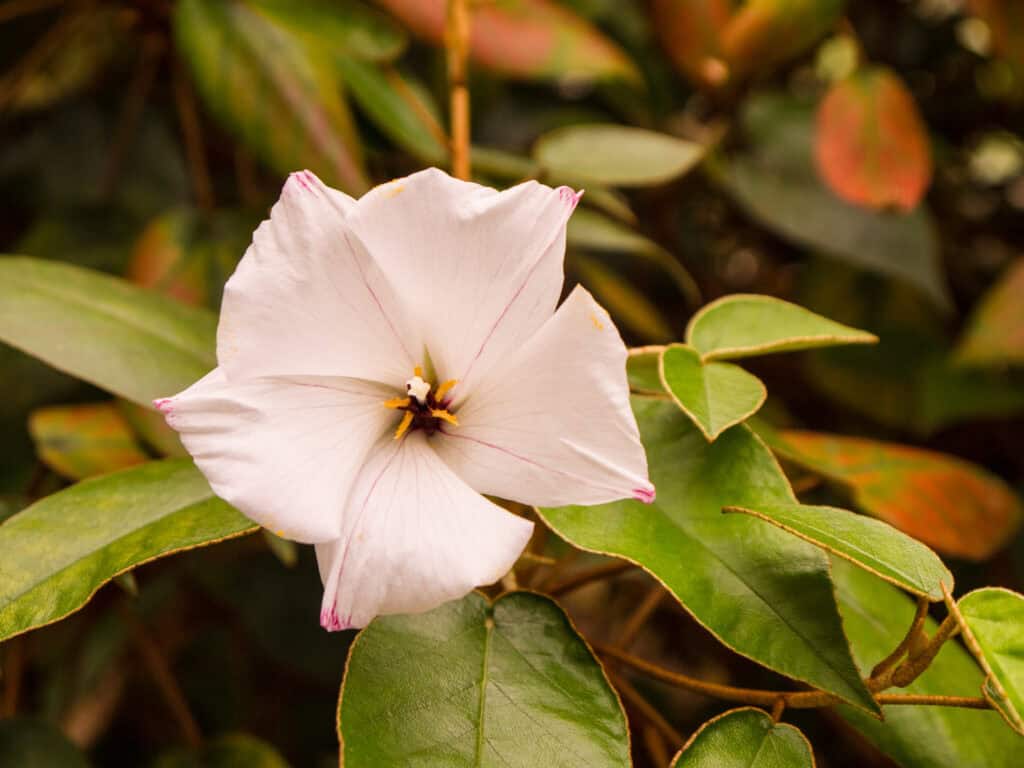
Isolated ecosystems have given rise to some of the most unique plants and animals on Earth. These regions, often cut off from other landmasses for millions of years, allow species to evolve in ways that are found nowhere else. Read More.
20 Legendary Cities Lost to Time and Rediscovered
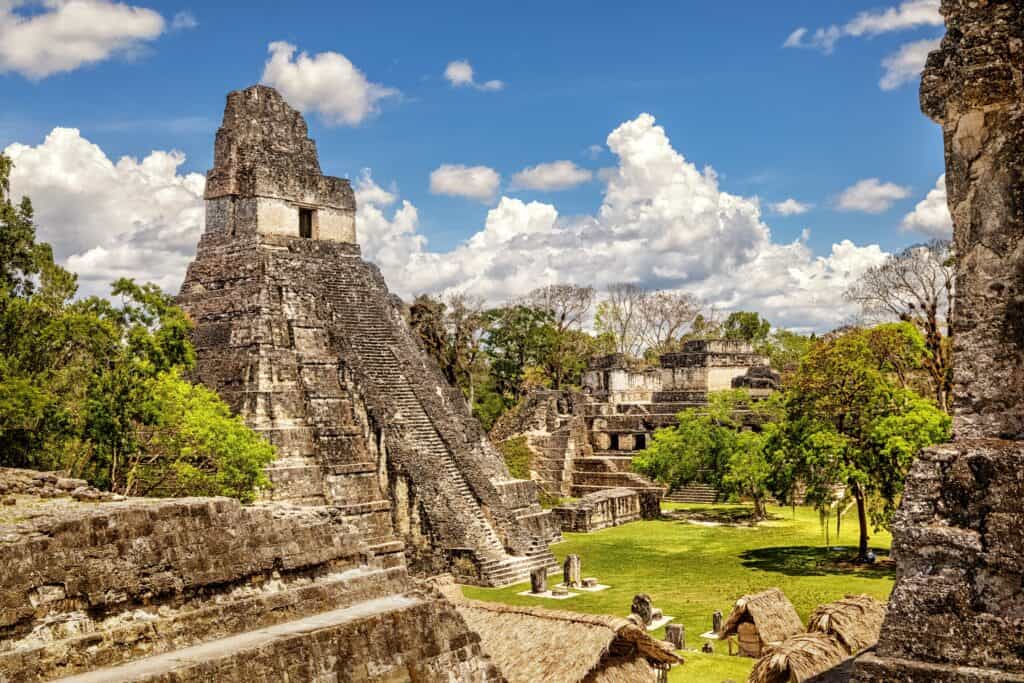
For centuries, the world has witnessed the rise and fall of great civilizations. Many of these cities, once bustling with life, were buried by time and forgotten by history. Read More.
